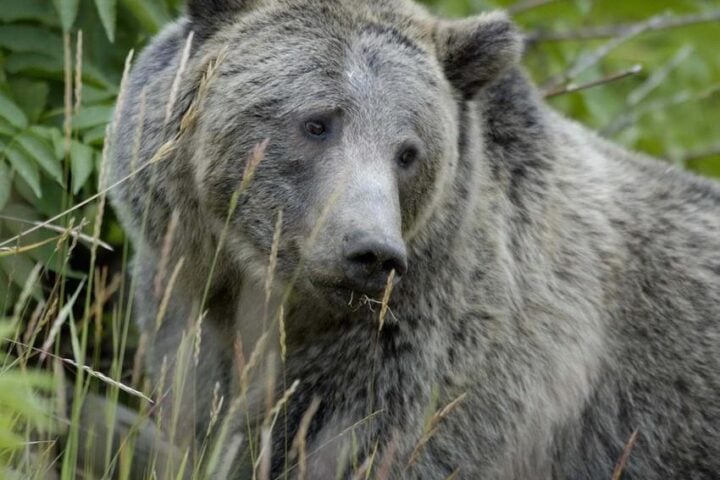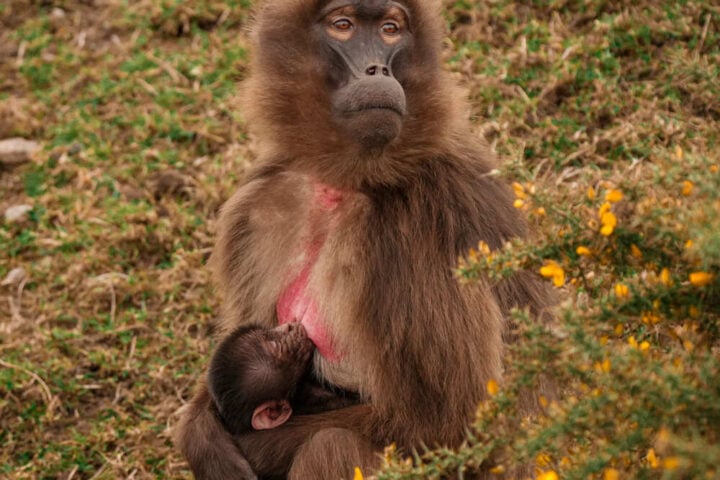One of those mysteries is a firefly. Fireflies belong to a family of elatoroid beetles with more than 2,000 species. Their general name is Lampyridae. They appear just before the rainy season. They are soft-bodied beetles commonly called fireflies, lightning bugs, or glow worms.
As the sun sets, tiny flashes of light start to flicker through the trees. At first, there are just a few, but soon hundreds of blinking lights float in the forest. There are about 2,000 firefly species. These insects often live in humid regions of Asia and the Americas.
Contrary to common belief, most adult fireflies do not feast on plant pollen and nectar; many do not eat at all. Fireflies generally use their light to “talk” to other fireflies and find a mate. The fireflies have special organs under their abdomen that take in oxygen. They combine the oxygen with a substance called luciferin to make light with almost no heat. This light, called bioluminescence, is used to light up the ends of their abdomen.
Each firefly species has its own unique flashing pattern. The male firefly flashes his light to attract a female firefly. Predators, such as birds or frogs, get a different message from the light of fireflies. They rarely eat them as the fireflies release drops of toxic blood. So, the flashing by the dwindling fireflies acts as a warning to predators to stay away.
Similar Posts
The fireflies are not yet an endangered species. However, scientists are worried as the number of fireflies is on the decrease during the last few years. This is due to the lack of their dwindling habitats in humid areas, light pollution, and the unlimited use of insecticides. It is necessary to protect the natural habitats of these miracles of nature.
A Hindi couplet describes Soordas as the Sun, Tulsidas as the moon, Keshavdas as a star, while other poets are like fireflies who make light here and there. In short, fireflies are a biological miracle, but their numbers are on the decline due to climate change and pollution.
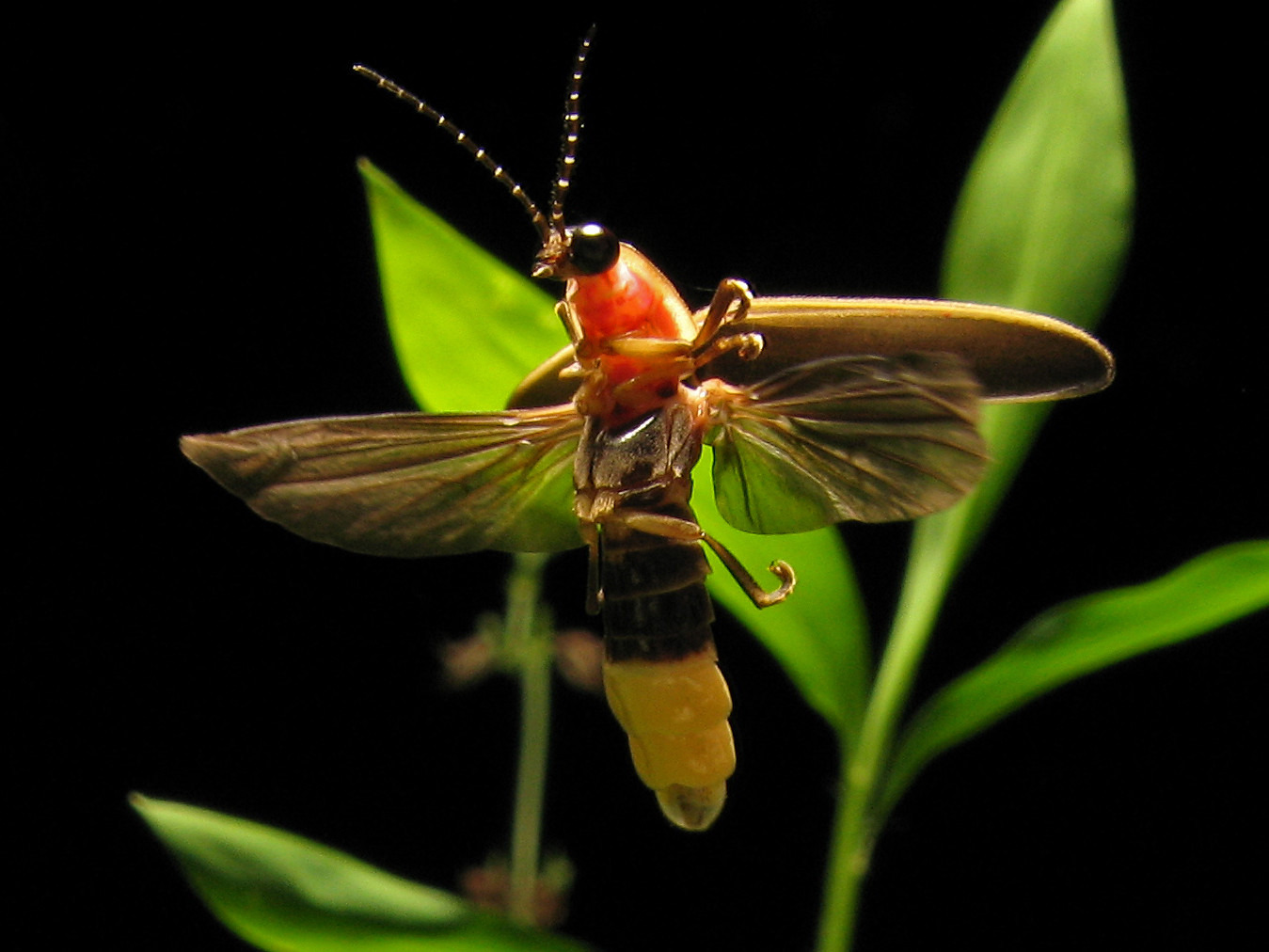


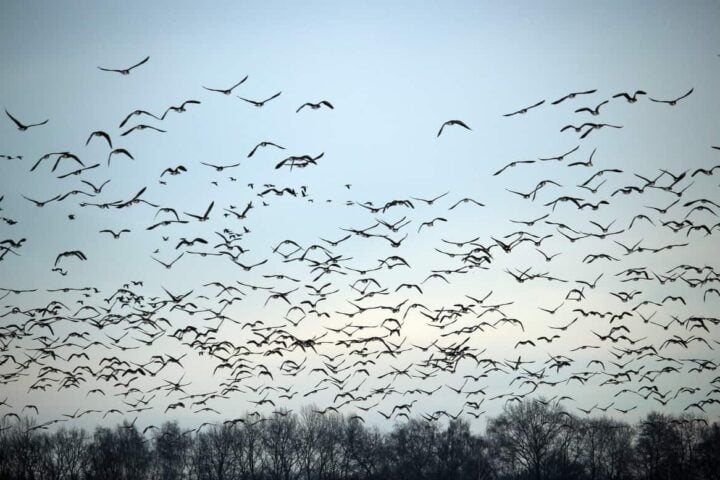

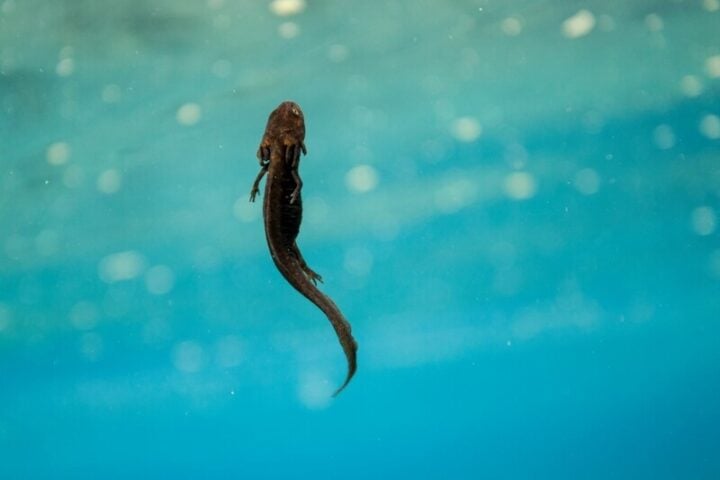

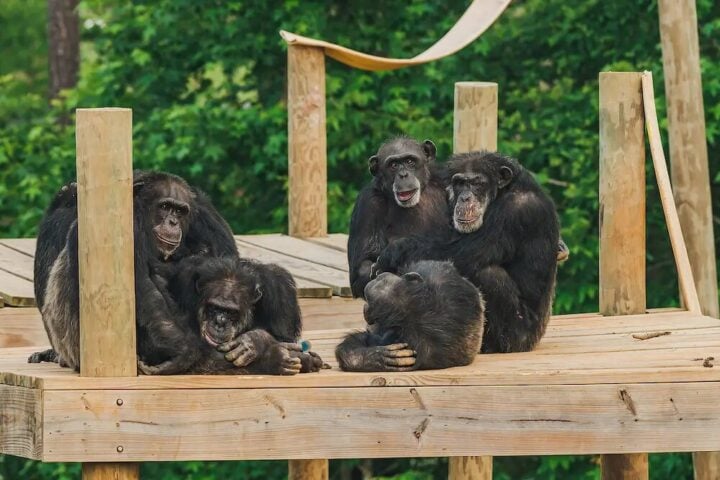

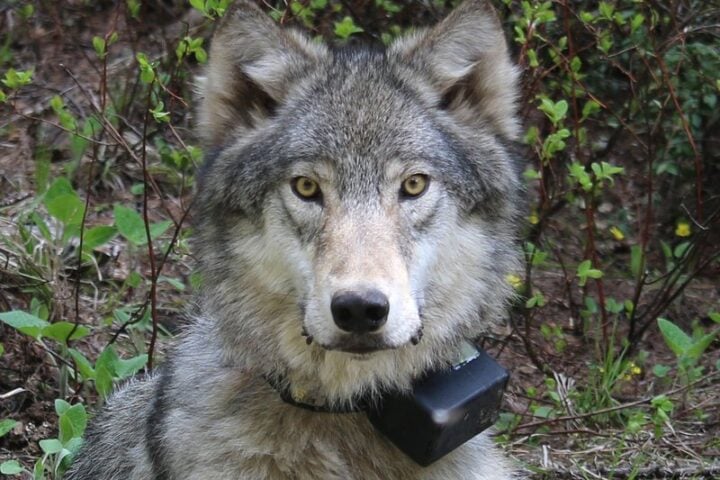

![Representative Image: European Starling [49/366]. Photo Source: Tim Sackton (CC BY-SA 2.0)](https://www.karmactive.com/wp-content/uploads/2025/04/Starlings-Drop-82-in-UK-Gardens-as-Birdwatch-2025-Reveals-Record-Low-Count-Since-1979-720x480.jpg)
